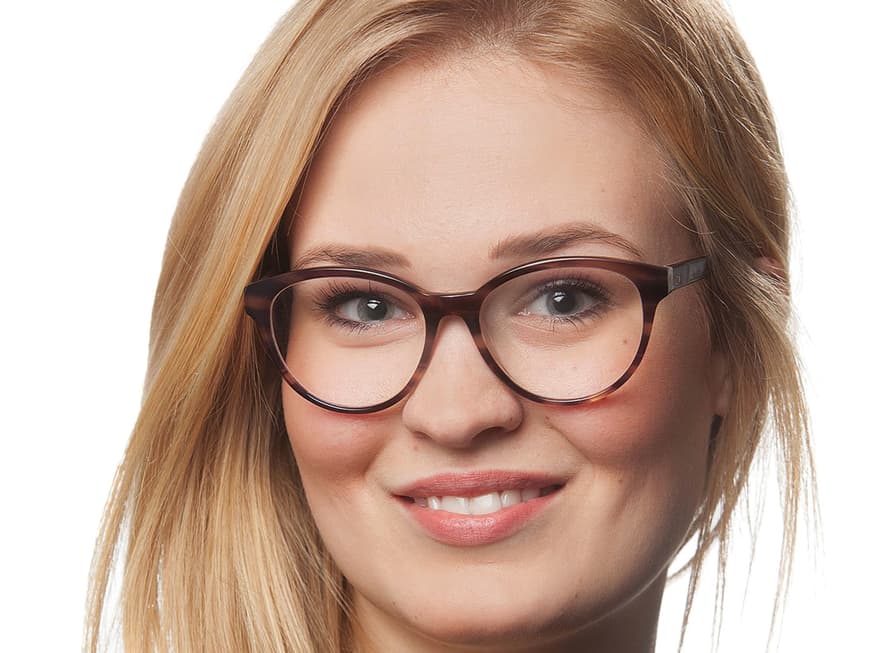
Is acne just a teenage problem?
Anna Tersteeg:Despite the fact that the majority of young people are affected by acne or blemished skin, it is not just a teenage problem. Adult women between the ages of 30 and 45 are also affected by so-called late acne (acne tarda). The reasons for the delayed appearance of inflammatory pustules, redness and blemishes are not yet fully understood. However, a number of triggers are suspected, such as hormonal influences, medication, cosmetic products and environmental factors.
Is acne caused by a lack of hygiene?
Anna Tersteeg:No, the opposite is often the case. In many cases, those affected cleanse their face too frequently and with aggressive, drying cleansing substances. This leads to damage to the skin barrier, which encourages the development of blemishes such as papules and pustules. With pH-regulating cleansing, the skin barrier is strengthened and the regeneration of the hydrolipid film is optimally supported. In this way, skin impurities can already be prevented during cleansing.
There are a whole range of types of acne. How do you find out which type you are affected by?
Anna Tersteeg:The term acne is a generic term for a number of different types. Acne vulgaris is the best-known form. It is the most common skin disorder worldwide, affecting the majority of young people in varying degrees of severity. Acne vulgaris is classified according to severity into three forms: acne comedonica, acne papulopustulosa and acne conglobata.
Acne comedonica is mainly characterized by open and closed comedones (blackheads) that do not become inflamed. These blackheads occur particularly in the so-called T-zone, i.e. on the forehead, nose and chin. The density of sebaceous glands is particularly high in these areas.
Non-inflammatory comedone acne often develops into papulopustular acne. This is characterized by open and closed comedones as well as papules and pustules. The skin appears inflamed and irritated.
The most severe form of acne vulgaris is acne conglobata. In addition to the typical characteristics, there are also nodular skin changes that can extend into the subcutis (subcutaneous fat) and cause scars. In addition, the individual manifestations can merge with each other and form very painful complexes.
In addition to the three degrees of severity, there are some special forms of acne, such as Mallorca acne, which is a special form of sun allergy. However, medication or the excessive and incorrect use of cosmetics can also be triggers for acne.
Which treatment methods do you think are effective?
Anna Tersteeg:"Depending on its severity, acne treatment consists of pH-optimized cleansing and care at home, skin type-specific treatment by a beautician and topical (=local, restricted to the surface of the skin) or systemic (affects the entire organism) therapy by a dermatologist. Benzoyl peroxide, vitamin A preparations and formulations containing antibiotics have proven effective in topical therapy. In a particularly inflammatory form of acne, topical therapy is no longer sufficient, so systemic medication, for example with antibiotics, is recommended. A combination is also possible.
In addition, chemical peels with fruit acids, such as glycolic and salicylic acid, have proven to be particularly effective. Depending on the intensity, these can be carried out by a specialist beautician or dermatologist. Treatment with a chemical peel focuses on regenerating the skin and adjusting the pH value. Salicylic acid also has an anti-inflammatory effect so that bacterial growth can be inhibited
What role does skin care play in acne therapy?
Anna Tersteeg: Skin care is the cornerstone of acne therapy. The appearance of the skin can be significantly influenced by appropriate cleansing alone. The most important criterion when choosing a skin care product is to match it to the individual skin condition. The aim of cleansing and care should be to strengthen the skin barrier and pH value, remove excess sebum and reduce bacterial growth, irritation and inflammation. The products often contain skin-soothing active ingredients such as allantoin or panthenol. Fruit acids such as glycolic or salicylic acid stimulate the regeneration of the skin, stabilize the pH value and have an exfoliating effect. Light oil-in-water creams or gels are particularly suitable for skin care as they provide a lot of moisture but do not burden the skin with comedogenic (blackhead-causing) oils. Slightly moisturizing oils such as avocado oil are particularly suitable here.
When choosing a suitable cleansing and care product, the focus is not only on tolerance but also on avoiding interactions with topical or systemic acne treatment medication. Ideally, the care can provide effective support for the medication and thus help to stabilize the skin's appearance.
Through the interaction of the three parties, the patient, the beautician and the dermatologist, a lasting improvement and stabilization of the skin's appearance can be achieved.

RememberRemember
